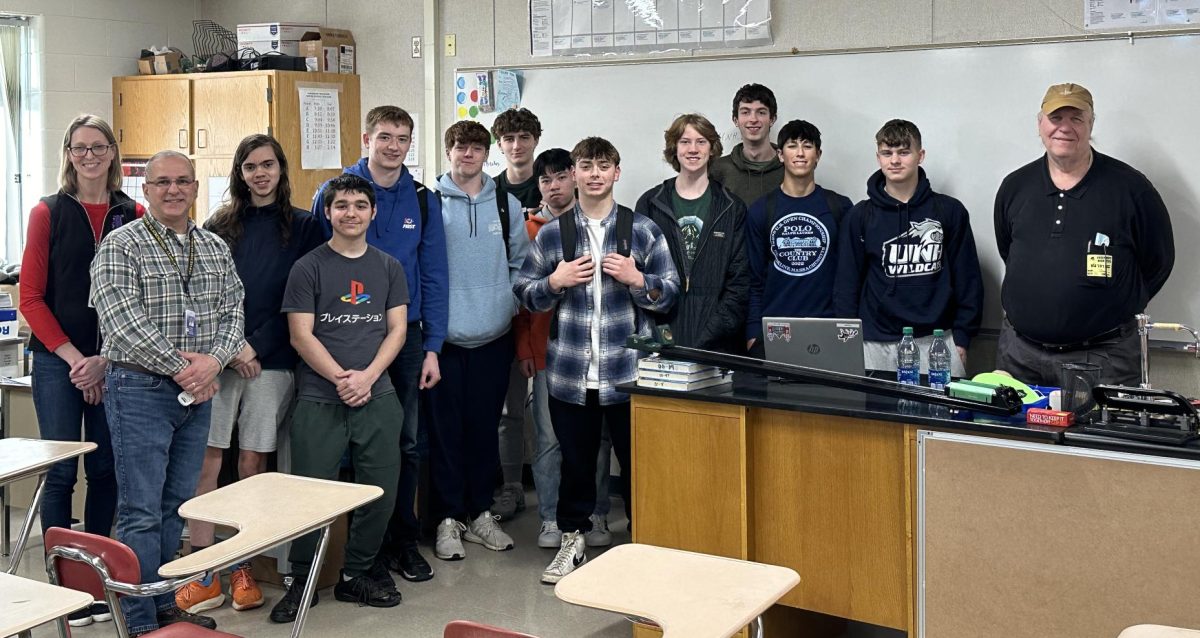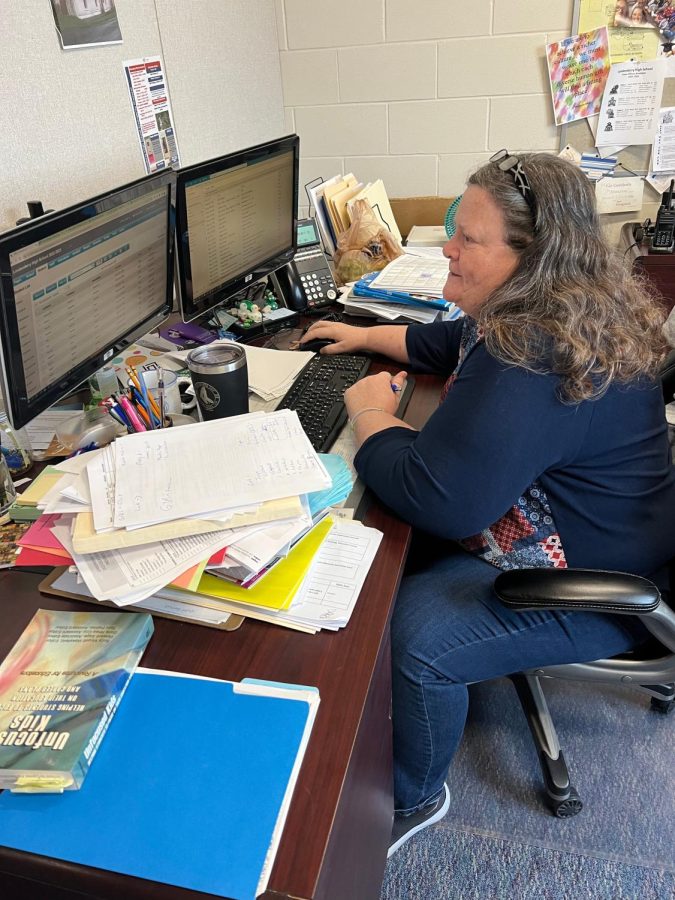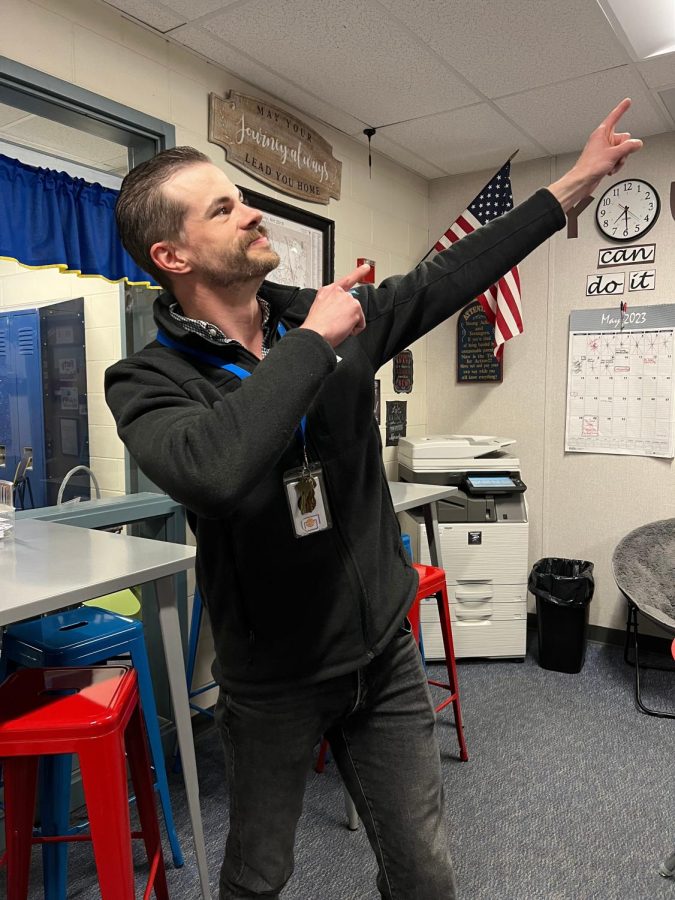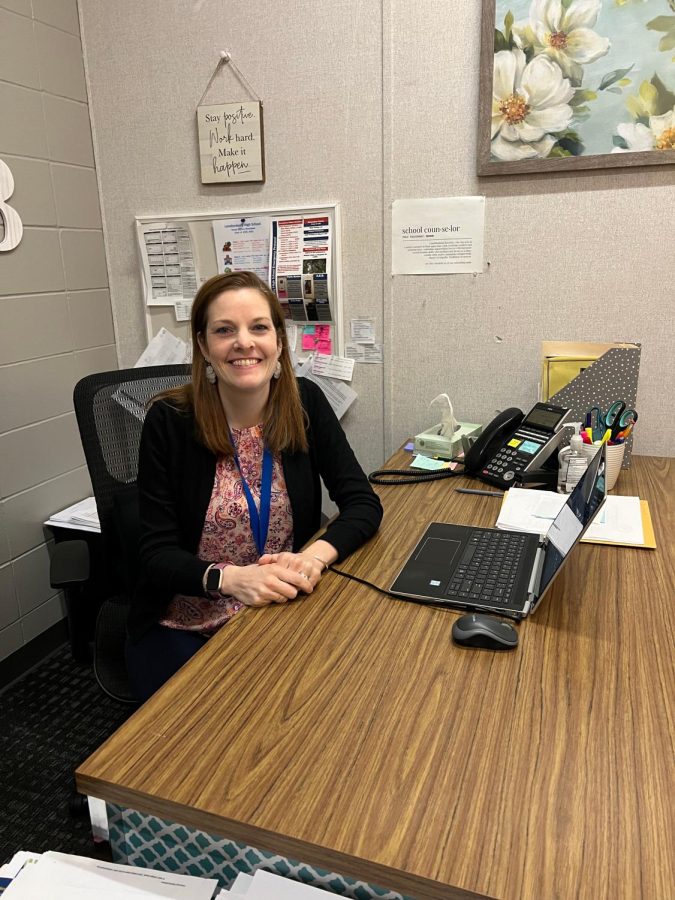The summer before current LHS alumni Matt Palmer was going to be a senior, he had just finished chemistry, and was thinking about how difficult the sciences often could be for his peers. He and his friend, alumni Ryan Fortin, who was also passionate about the sciences, decided to talk to science teachers Lisa Fraser and Tony Cariello about how to get more kids excited about science.
“The idea was to create an honors society to not only recognize excellence in science,” Palmer said, “but to also promote student-led initiatives [to] encourage science in LHS.”
That was two years ago.
Now Fraser and Cariello are co-advisers for LHS’s Science National Honor Society to focus on science programs in the school.
The main aim of Science National Honor Society (SNHS) is to improve science opportunities for students. The group has been looking for student-led research projects they can participate in. Since SNHS is a relatively new program, they’re only just beginning to introduce new options in the science field for students.
“We started small last year [and] started the tutoring,” Fraser said. “Then we brought in some guest speakers that people could come listen to.”
When UNH Professor Dr. Charles Smith approached Cariello at a yearly physics teacher conference and invited him to join his program Space Weather Underground (SWUG), both advisers and the students in SNHS were on board with Smith’s program.
“[Students] were asking ‘is there a way we can do research?’ And I said, ‘Well, in fact there is, I heard about it last July, we could contact [Smith],’” Cariello said. “It was student driven.”
According to the official Space Weather Underground Website, students involved in the program are helping Smith build, program, deploy and monitor various magnetometers across New England. This gives students a chance “to look at the data and learn more about doing research at the collegiate level” according to Fraser. The data that students help Smith collect is used to measure “gradients in magnetic activity at mid-latitude locations and associate them with ionospheric currents and global magnetospheric activity,” according to the SWUG website. This means that the data they gather can show how space weather affects Earth’s magnetic field.
Since LHS’s involvement in the Space Weather Underground program began only last year, SNHS is just beginning their journey with Smith.
“Once we get going, It’ll be for as long as he’s doing his research, ” Fraser said. “I’m looking forward to where [SWUG] goes, and I’m hoping to have a long term partnership with [Smith].”
Both advisers are “very happy” that the students are getting this opportunity to work with professionals in a research field and work on a project they are passionate about.
“When I compare them to me in high school, they’re way better than me,” Cariello said, “I love working with the students.”
Sophomore Simone Miller, a student on the project, helps with the construction of the magnetometer during and after school. She joined the SWUG project because she was “intrigued by the opportunity for hands-on experience with scientific research and devices.”
“My favorite part so far has been cutting the insulation,” Miller said. “It took a while and we almost cut off our hands but it was rewarding to split a massive piece of insulation into smaller parts. The insulation is then going on the insides of our device to regulate the temperature of the electronics. I also love our magnetometer because it looks like a dog house.”
Being a part of a professional research project is “cool” to Miller.
“In addition to the real-life experience on a research committee,” I am learning good life skills like how to not lose an eye to a box cutter or an electric screwdriver,” Miller said.
Senior Ty Parsons also has a significant role in the SWUG project as he is the current president of SNHS.
“I wanted to become president of the [SNHS] because science is one thing that I have always been interested in,” Parsons said. “Seeing that a club for science was made at the end of my sophomore year made me extremely interested and I instantly wanted to be a part of it.”
He spent one day a week talking with the previous president about SNHS since they were in physics together.
“I saw how much potential it had and realized I could help it succeed,” Parsons said. “In addition to this, I also very much wanted to spread my love for science and the fascinating new stuff found every day.”
Parsons hopes SNHS participates in more research projects since SNHS’ whole idea is to “help spread the love for science.”
“The more real-world applications this club has with science” “the more it will follow its purpose,” Parsons said.
Establishing a connection with places like UNH can “hopefully open up more new and better” research opportunities for students before they get to college according to Parsons.
“I am very happy to be a part of [SWUG] where we have done work to implement a magnetometer,” Parsons said. “I do very much hope SNHS participates in more research since our whole idea is to help spread the love for science and the more real-world applications this club has with science, the more it will follow its purpose.”






